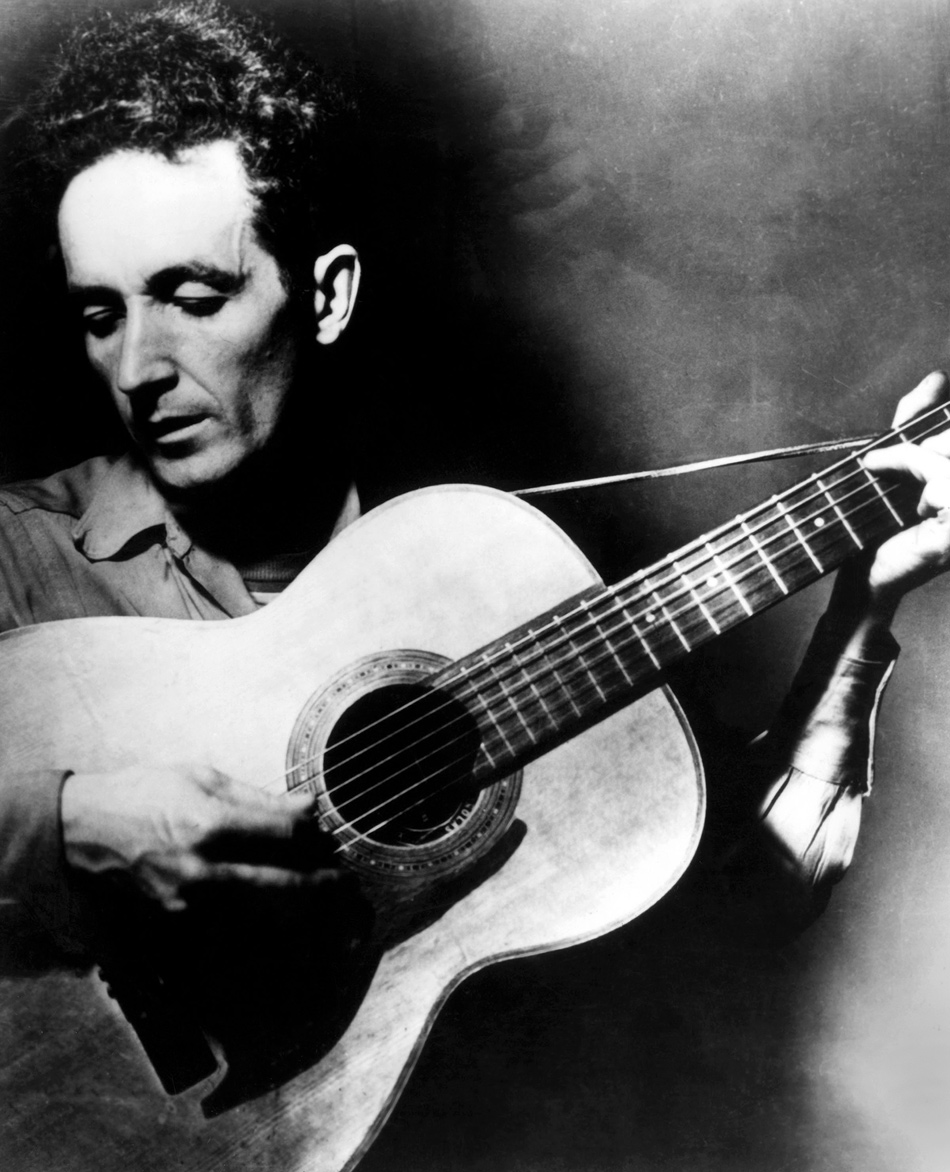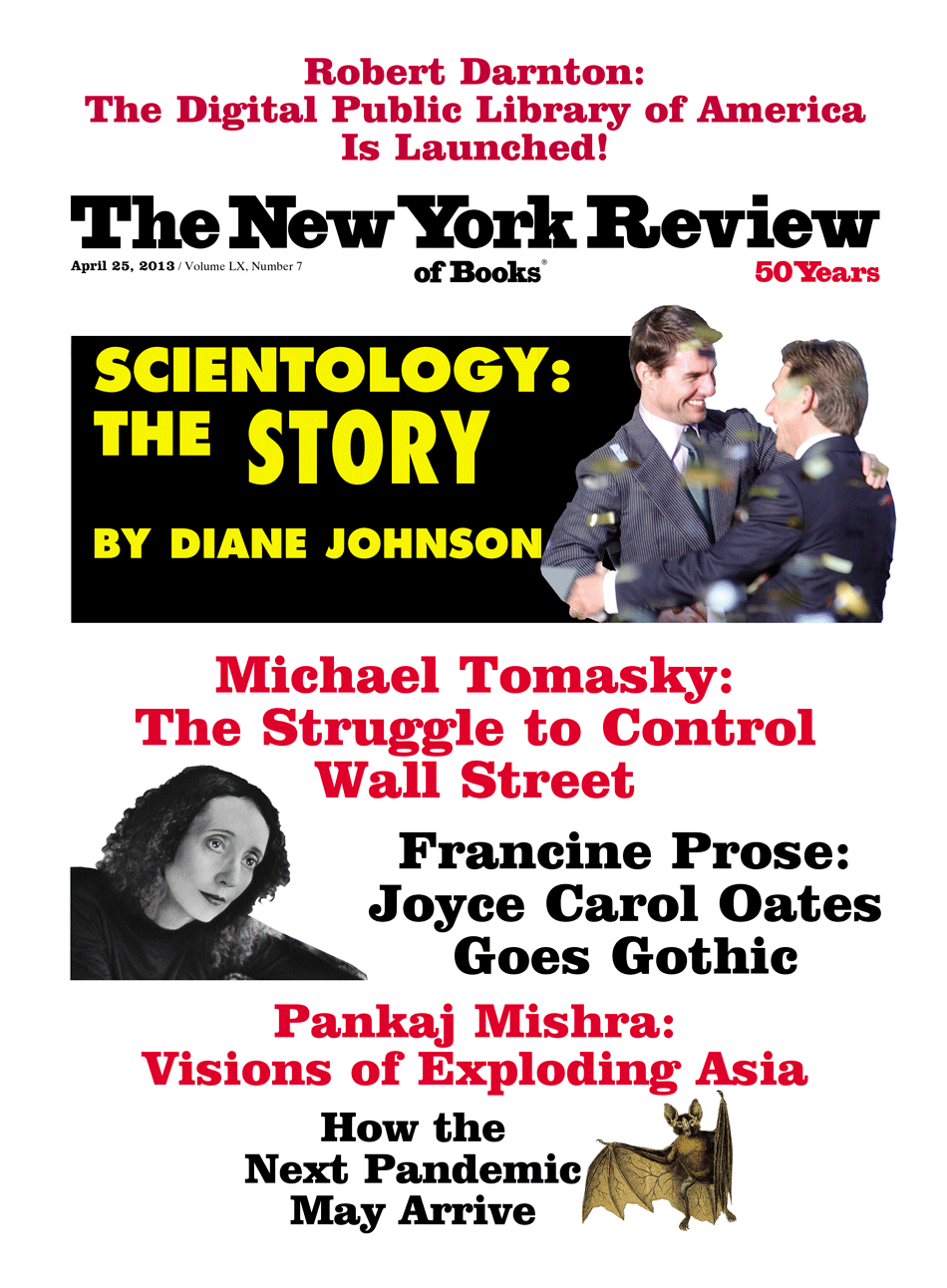Fifty years ago and more, while a student at Rice University in Houston, I was exploring the music room at Fondren Library. I put a 78-rpm record on the turntable and heard this:
On the fourteenth day of April,
Of nineteen thirty-five,
There struck the worst of dust storms
That ever filled the sky.
You could see that dust storm coming
It looked so awful black,
And through our little city
It left a dreadful track.
The “little city” was probably Pampa, Texas, where, at the time, half my family lived. Eight of my uncles, three of my aunts, and cousins innumerable either faced down that storm or ran from it. (You can see it now in Ken Burns’s excellent documentary The Dust Bowl.1) Working-class families throughout the Great Plains, nearly broken by the prolonged drought and Great Depression of the 1930s, could hardly believe what they saw: tons and tons of black topsoil, swept down from the north by seventy mile-per-hour-plus winds, blanketed seven states like a vast shroud.
A singer I had never heard of until that afternoon was singing about a storm I had heard plenty about, none of it good. Though I heard the song in swampy Houston, I was a son of the Panhandle. I have nothing against the famous Woody Guthrie songs—that is, “This Land Is Your Land” or “Pastures of Plenty”—but I like the gritty stuff more. The harsher songs seem more visceral, less syrupy. And “Dust Storm Disaster,” one of his finest Dust Bowl ballads, is where Woody Guthrie starts, for me. It’s a song that might come from either Panhandle, in Oklahoma or in Texas.
House of Earth was completed in 1947 but discovered only recently. It is a novel about farming; there aren’t many such. The one great one, Edith Summers Kelley’s Weeds, was reprinted not long ago by the persistent professor Matthew J. Bruccoli, who was given it by an astute bookseller.2 It’s a great book, and House of Earth isn’t, though it is powerful. It’s a serious effort to dramatize the struggles of a young couple, Tike and Ella May Hamlin, who try to make a living as farm laborers in the most unforgiving years of an equally unforgiving place: the Texas Panhandle in the 1930s.
House of Earth is so named because Tike Hamlin reads a five-cent Department of Agriculture pamphlet about the many uses of adobe. Woody Guthrie liked adobe too, as the cover of his book is an oil painting by him of a pueblo in the New Mexico adobe zone.
Another thing Tike Hamlin gets excited about is his wife’s body. The sexual description is far too raw to have been printed by a trade publisher in 1947. The book reminds me of The First Lady Chatterley, D.H. Lawrence’s trial run for the book that made him famous. In both books, there is a certain appealing innocence about sex, of which there is a lot:
Back and forth, side to side, they moved on their bed on the hay. Back and forth, side to side, they moved their hips, their feet, their legs, their whole bodies. Their arms tied into knots like vines climbing trees, and the trees moved and swayed, and there was a time and a rhythm to the blend of the movement.
It’s not often that a well-known historian and a celebrated actor team up to rescue a lost book, but that’s what happened here. The historian was Douglas Brinkley, and the actor Johnny Depp.
There was once a Hollywood producer named Irving Lerner. I may have worked with him briefly, and certainly I was aware of him. It seems that Woody Guthrie sent Lerner the farming novel. Lerner did nothing with it, so it languished. In time, Lerner died, and his archive went to the McFarlin at the University of Tulsa, a library to which I once welcomed the millionth book. I did not discover the Guthrie book; it was discovered by a researcher looking for material on Bob Dylan, who of course was one of Woody Guthrie’s most faithful supporters.
Then, happily, many good things happened, and the book is finally with us. The editors, both scrupulous men, have great respect for the rather unrestrained piece of fiction they helped usher into print. I’m sure they would like it to be treated as a worthy book, not an oddity or curiosity. They would like, I suspect, to see House of Earth come with some literary lineage, some pedigree. But I don’t know that Woody Guthrie had done enough reading for such a pedigree to stick. He does sound, in places, like some of the minor talents of the Thirties: John Fante; early James Farrell; Horace McCoy; and the nearly forgotten Homer Croy, whose best-known book is West of the Water Tower.
Advertisement
In 1943, Woody Guthrie published a better book, Bound for Glory, a vivid autobiography. (I once owned a copy of Bound for Glory with a three-hundred-word inscription—I sold it and the post office lost it.) The farming novel, written in 1947, is strident in tone, unlike Bound for Glory.
In the years after he completed House of Earth, Guthrie’s behavior became progressively unpredictable and erratic. By 1954, he was hospitalized and diagnosed with Huntington’s chorea, a rare and incurable neurological genetic disorder characterized by severe changes in mood, reasoning, and muscle control.
Woody Guthrie wrote a fair amount, in letters, diaries, in journals, and on random pieces of paper. But it is not as a writer that we revere him, or that so many of his contemporaries and peers beat a path to his door or to his hospital bed—Bob Dylan, Pete Seeger, Phil Ochs, John Mellencamp, Bruce Springsteen—and my own son and grandson now. His genius was song, and House of Earth is a bit of an oddity, though certainly a readable one. It is the apprentice work of a man who became great in his real calling, his craft, his sullen art, as the poet Dylan Thomas would say. Are we glad to have it? Sure. Would we trade any of the best songs for it? No way.



